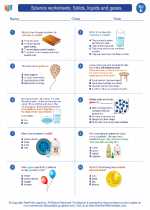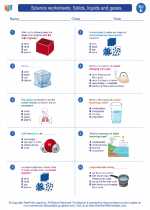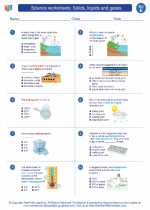Seas: Exploring the Earth's Vast Water Bodies
Seas are vast bodies of saltwater that are partially enclosed by land. They are a crucial part of the Earth's hydrosphere and play a significant role in shaping the planet's climate, ecosystem, and human civilization.
Formation of Seas
Seas are formed through a variety of geological processes such as the flooding of coastal areas by rising sea levels, the sinking of landmasses, and the separation of large bodies of water by land formations. Some seas, like the Mediterranean Sea, were formed by the closing of ancient ocean basins due to tectonic plate movements.
Characteristics of Seas
Seas are characterized by their salinity, which is typically higher than that of freshwater bodies such as lakes and rivers. They are also home to diverse ecosystems, including coral reefs, marine life, and coastal habitats. Additionally, seas play a crucial role in regulating the Earth's climate by absorbing and releasing heat, influencing weather patterns, and serving as a source of moisture for the atmosphere.
Types of Seas
Seas can be classified into different types based on their location, formation, and connection to the ocean. For example, some seas, like the Caribbean Sea, are considered marginal seas as they are partially enclosed by land and connected to the open ocean through narrow passages. In contrast, inland seas, such as the Caspian Sea, are completely surrounded by land and are not connected to the ocean.
Human Interaction with Seas
Throughout history, seas have been vital for human civilization, serving as important transportation routes, sources of food and freshwater, and sites for trade and commerce. However, human activities such as overfishing, pollution, and climate change have significantly impacted the health of seas and their ecosystems.
Study Guide
- What are seas and how are they formed?
- Describe the characteristics of seas and their role in shaping the Earth's climate.
- Classify the different types of seas based on their location and connection to the ocean.
- Discuss the historical and contemporary significance of seas in human civilization.
- Examine the impact of human activities on the health of seas and their ecosystems.
By understanding the formation, characteristics, types, and significance of seas, we gain a deeper appreciation for these vital water bodies and the need to protect and preserve them for future generations.
.◂Science Worksheets and Study Guides Fifth Grade. Science worksheets: Solids, liquids and gases.

 Worksheet/Answer key
Worksheet/Answer key
 Worksheet/Answer key
Worksheet/Answer key
 Worksheet/Answer key
Worksheet/Answer key
 Vocabulary/Answer key
Vocabulary/Answer key
